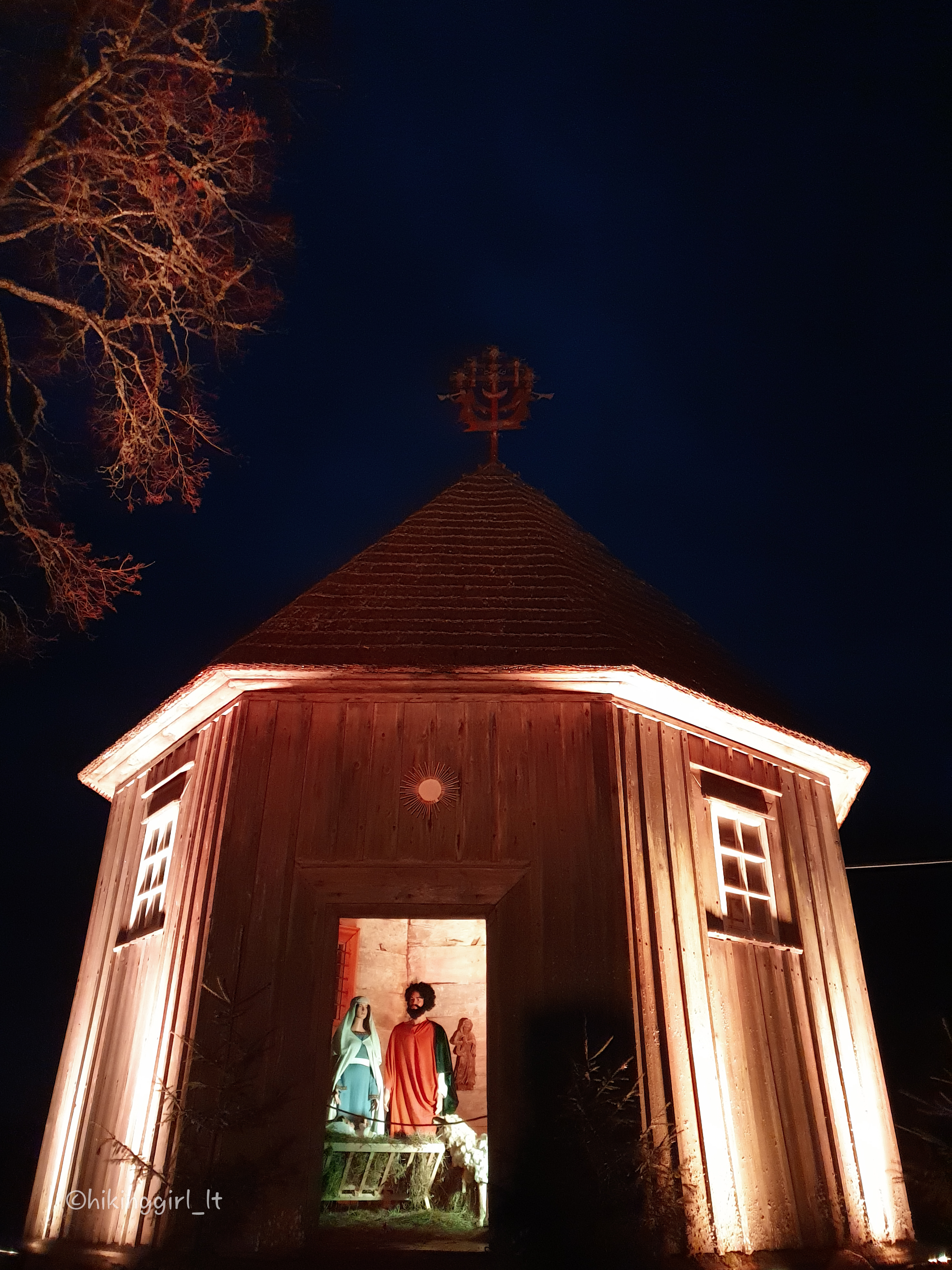Kernavė Wooden Chapel

503

1

0
The Kernavė Wooden Chapel is a unique sacred structure located in Kernavė, Širvintos district, near the Church of the Blessed Virgin Mary of Mount Carmel. Built between 1820 and 1822, it was later relocated to its current site. The chapel is an octagonal-shaped example of folk architecture, distinguished by its authentic wooden structure and historical significance. Since 1992, it has been protected as a cultural heritage monument. The chapel houses a museum showcasing 17th–19th century sculptures by both folk and professional craftsmen, collected from various churches and chapels across Lithuania.
Info
-

Religious Heritage

 Entertainment
Entertainment
 Food establishments
Food establishments





























 54.884255, 24.852244
54.884255, 24.852244
 Get directions
Get directions









